How will Syria be carved up?
Donald Trump further confuses situation in Middle East by announcing some US troops may stay in Syria to protect oil
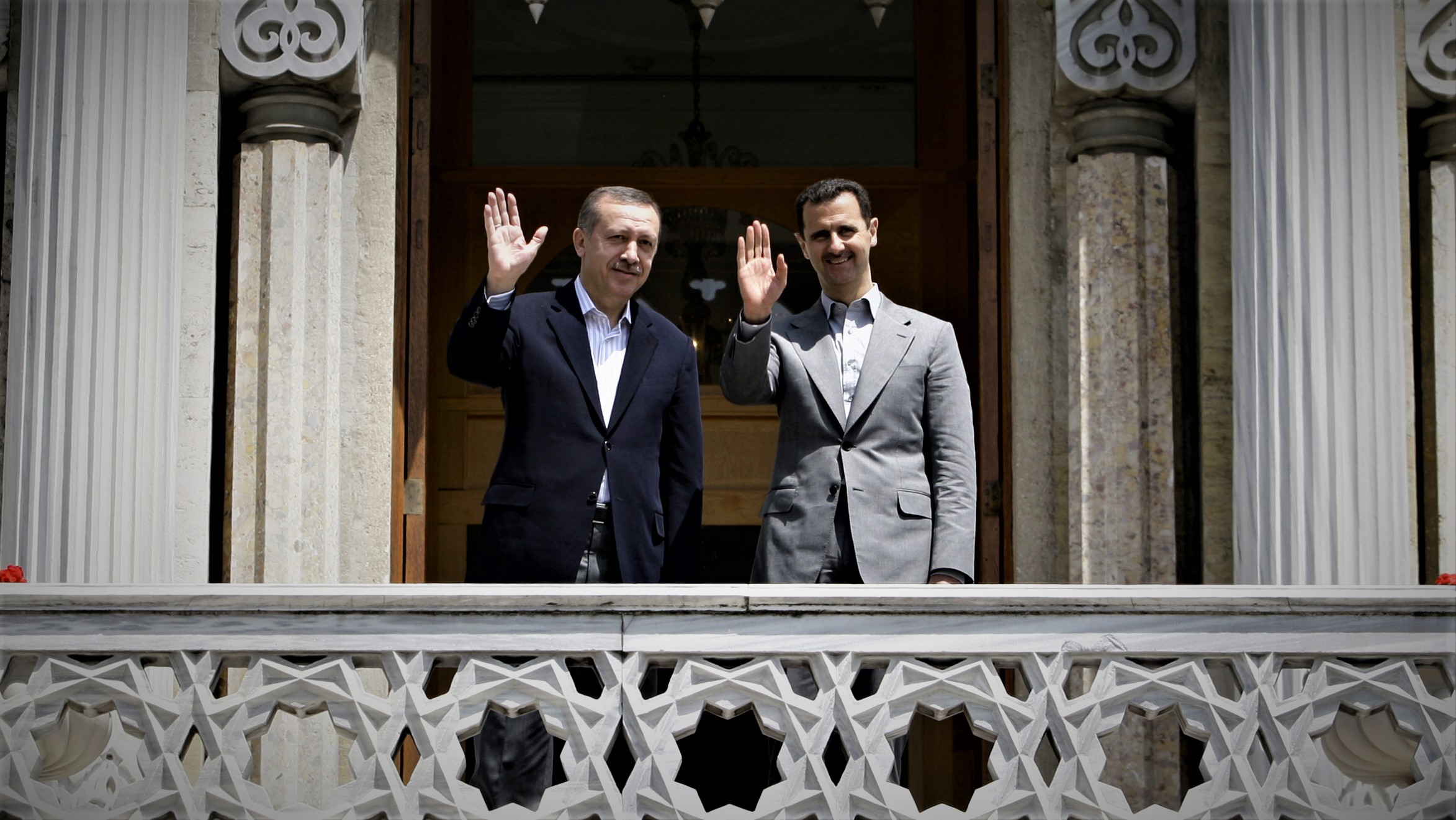
Officials in Washington have hinted at how the world’s major superpowers are planning to carve up Syrian territory in the wake of Turkey’s widely condemned assault on Kurdish positions in the country.
According to The New York Times, US government sources say President Donald Trump is “leaning in favour” of keeping a “small contingent of American troops in eastern Syria” near the Iraqi border.
The plan would “mark the second time in ten months that he has reversed his order to pull out nearly all American troops from the country”, says the newspaper, and would have major ramifications for the region if implemented, with Russia, Syria and Turkey all vying for land - and oil - in the Middle East.
The Week
Escape your echo chamber. Get the facts behind the news, plus analysis from multiple perspectives.

Sign up for The Week's Free Newsletters
From our morning news briefing to a weekly Good News Newsletter, get the best of The Week delivered directly to your inbox.
From our morning news briefing to a weekly Good News Newsletter, get the best of The Week delivered directly to your inbox.
US Defence Secretary Mark Esper has assured doubters that the American troops left in Syria would “help defend Iraq” and “perform a counter-Isis mission”, but is that all there is to Washington’s plan?
What is the US doing?
Trump announced on Monday that he would leave some US troops in Syria. According to comments later made by Esper, the force could number up to 200 personnel and would be stationed in eastern Syria near the border with Iraq.
The Times reports that the US may also leave some special forces in the Tanf pocket, a stretch of desert on the Jordanian border that 150 US troops are said to be using to monitor Iranian militia activity in southeast Syria.
A free daily email with the biggest news stories of the day – and the best features from TheWeek.com
Reports suggest that the motivation for the continued military presence is to protect oil resources, rather than Kurdish civilians.
Esper said Washington wants to prevent oil falling into the hands of a resurgent Islamic State (Isis), the Associated Press (AP) reports. However, The New York Times says officials claim the move is also designed to “block the advance of Syrian government and Russian forces” into the oil fields.
–––––––––––––––––––––––––––––––For a round-up of the most important stories from around the world - and a concise, refreshing and balanced take on the week’s news agenda - try The Week magazine. Get your first six issues free–––––––––––––––––––––––––––––––
Esper said he has contacted the Iraqi government about a potential plan to shift about 1,000 troops from Syria into western Iraq, and “did not rule out the idea that US forces would conduct counterterrorism missions from Iraq into Syria”, AP adds.
Nevertheless, Trump tweeted this week: “USA soldiers are not in combat or ceasefire zones. We have secured the Oil. Bringing soldiers home!”
He later told reporters that the US would work out a deal under which some oil revenue would go to the Kurds, and suggested a large oil company could be involved. He also said the US would leave a small number of troops near Jordan at the request of Israel.
“Keep the oil, we want to keep the oil and we will work something out with the Kurds so they have some money, they have some cash flow,” Trump said.
What does it mean for the territory?
The Times reports that Turkish President Recep Tayyip Erdogan will travel to Russia this week to discuss the limits that President Vladimir Putin has demanded on its incursions into Syrian territory. The move comes as a five-day ceasefire called on Thursday draws to a close on Tuesday evening.
Erdogan had initially declared plans to create a 300-mile “safe zone” on the border of Turkey and Syria, not only to defend from attacks from Syria but also to house two million Syrian refugees whom he intended to repatriate from Turkey.
However, The Wall Street Journal notes that the agreement with Washington covers only about a quarter of Erdogan’s proposed safe zone, and “Moscow’s commitment to securing the remaining three-quarters will be essential because the Russian-backed army of Syrian President Bashar al-Assad last week struck an agreement to work with the Kurdish militia”.
The Times adds that the YPG Kurdish militia in Syria has, since the US first intervened in 2015, “managed to carve out a semi-autonomous state”, but are now “angry” that they will likely “fall back under the sway of the regime of President Assad in return for help in warding off the invasion” from Turkey.
-
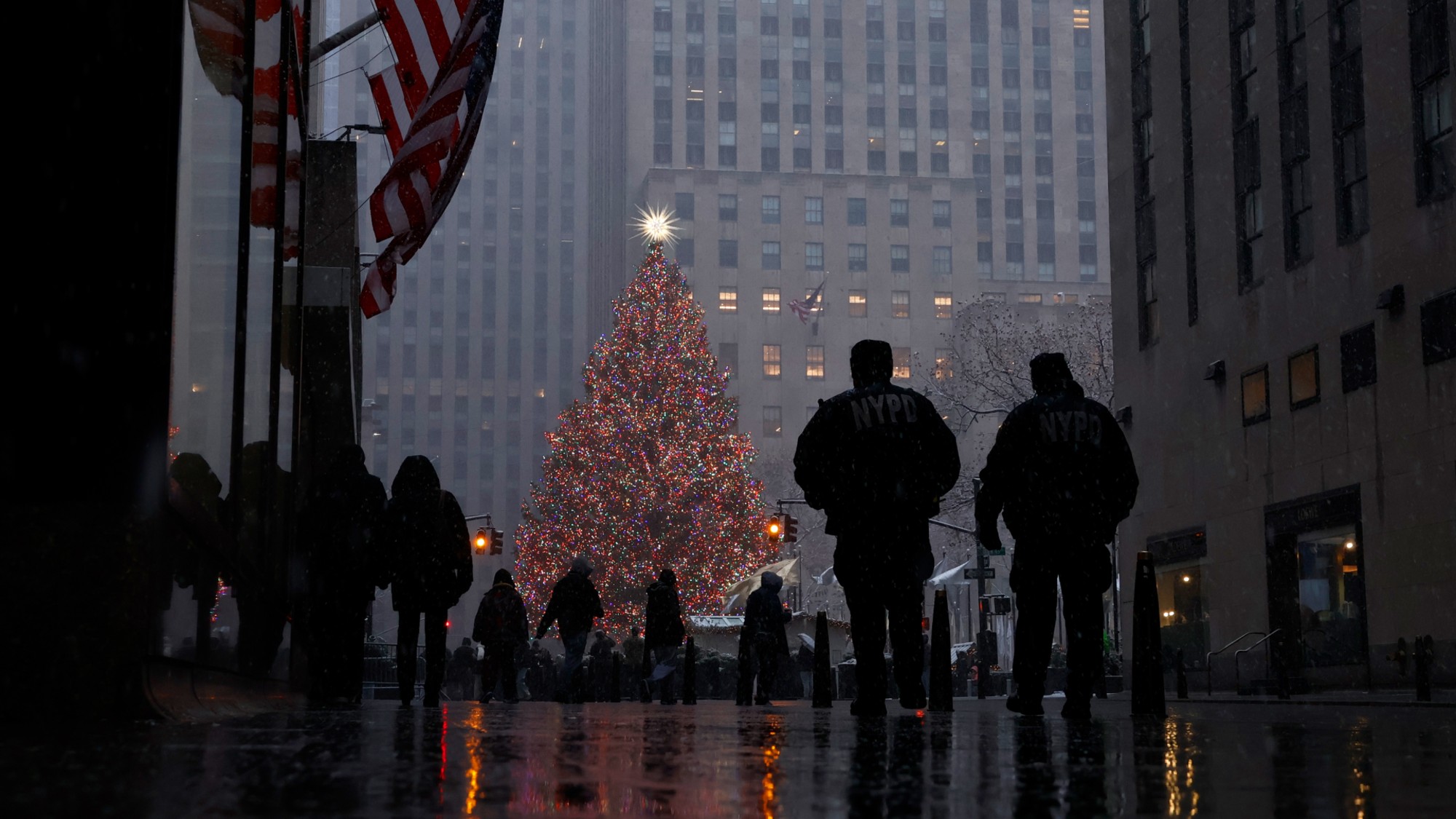 How climate change is affecting Christmas
How climate change is affecting ChristmasThe Explainer There may be a slim chance of future white Christmases
-
 The MAGA civil war takes center stage at the Turning Point USA conference
The MAGA civil war takes center stage at the Turning Point USA conferenceIN THE SPOTLIGHT ‘Americafest 2025’ was a who’s who of right-wing heavyweights eager to settle scores and lay claim to the future of MAGA
-
 The 8 best drama movies of 2025
The 8 best drama movies of 2025the week recommends Nuclear war, dictatorship and the summer of 2020 highlight the most important and memorable films of 2025
-
 Hong Kong court convicts democracy advocate Lai
Hong Kong court convicts democracy advocate LaiSpeed Read Former Hong Kong media mogul Jimmy Lai was convicted in a landmark national security trial
-
 How Bulgaria’s government fell amid mass protests
How Bulgaria’s government fell amid mass protestsThe Explainer The country’s prime minister resigned as part of the fallout
-
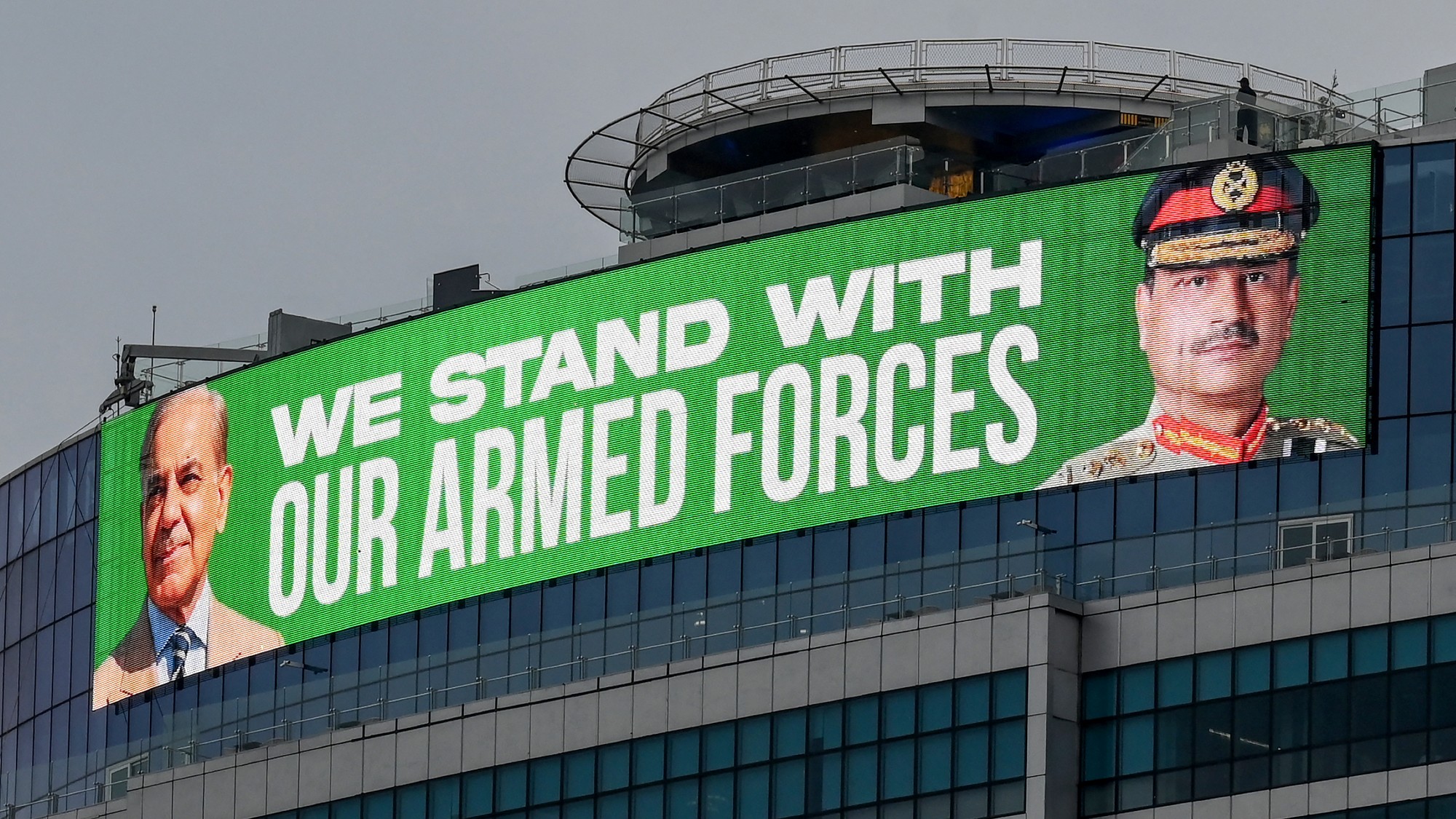 Pakistan: Trump’s ‘favourite field marshal’ takes charge
Pakistan: Trump’s ‘favourite field marshal’ takes chargeIn the Spotlight Asim Munir’s control over all three branches of Pakistan’s military gives him ‘sweeping powers’ – and almost unlimited freedom to use them
-
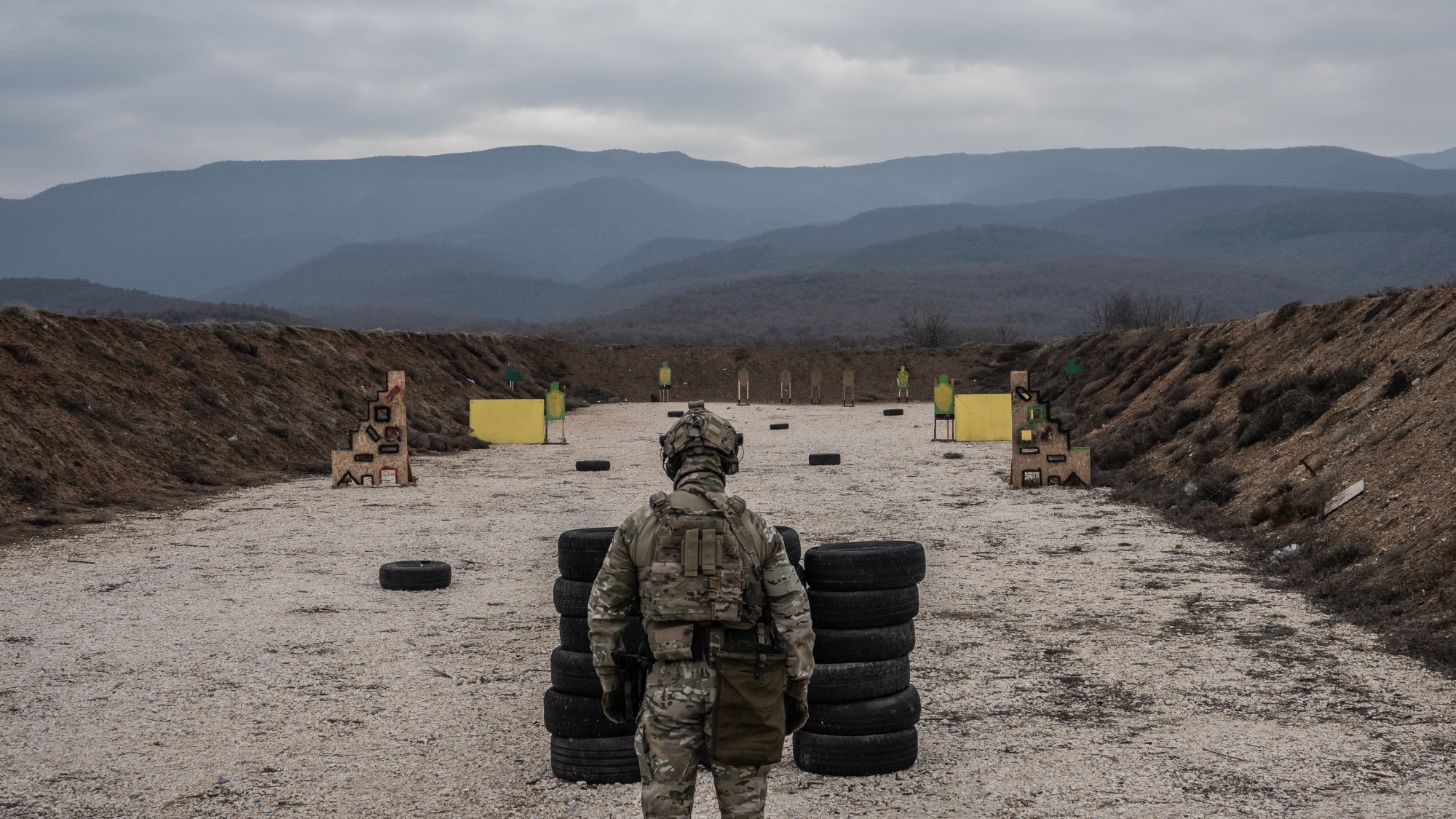 Is Europe finally taking the war to Russia?
Is Europe finally taking the war to Russia?Today's Big Question As Moscow’s drone buzzes and cyberattacks increase, European leaders are taking a more openly aggressive stance
-
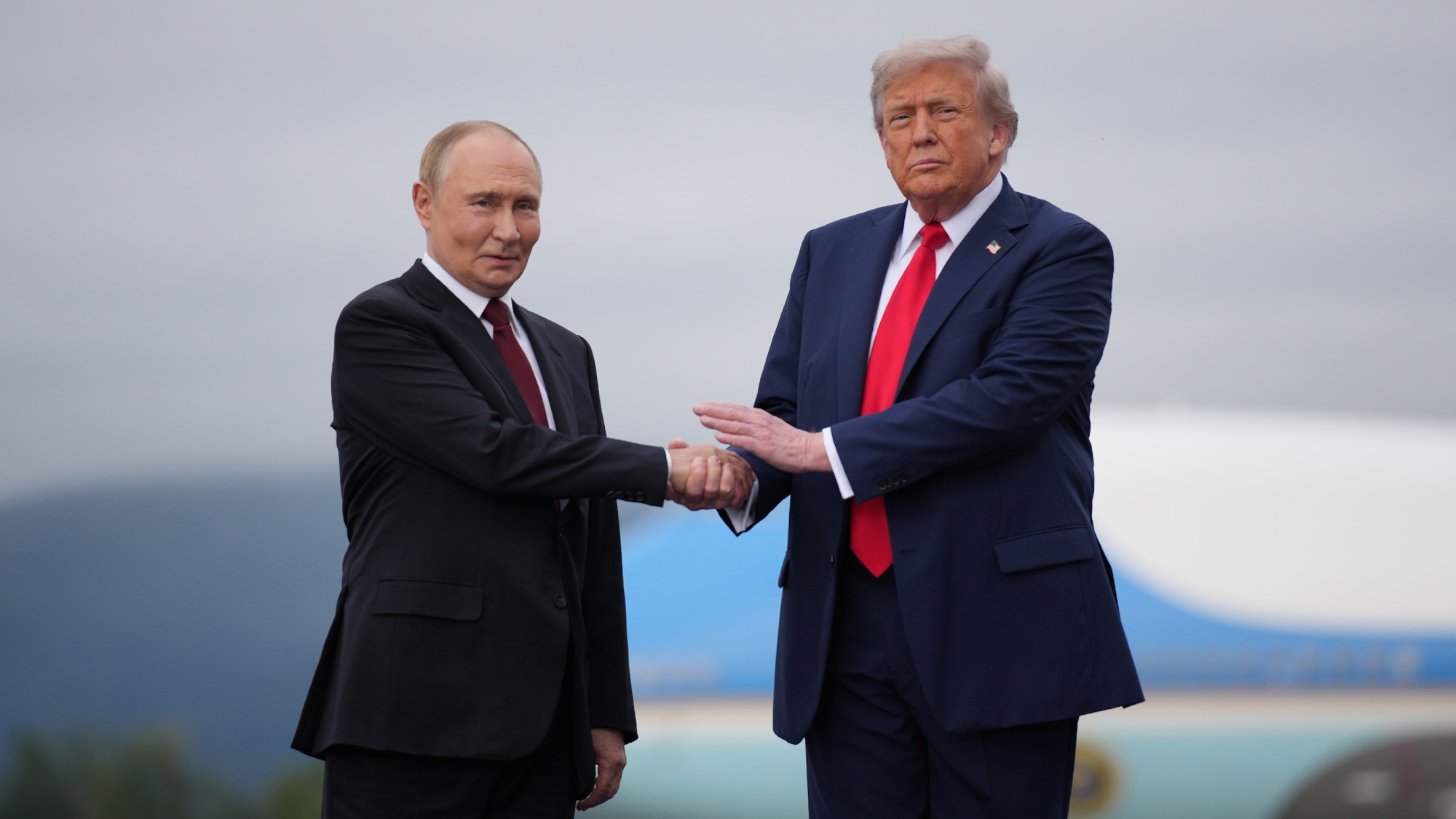 Pushing for peace: is Trump appeasing Moscow?
Pushing for peace: is Trump appeasing Moscow?In Depth European leaders succeeded in bringing themselves in from the cold and softening Moscow’s terms, but Kyiv still faces an unenviable choice
-
 Femicide: Italy’s newest crime
Femicide: Italy’s newest crimeThe Explainer Landmark law to criminalise murder of a woman as an ‘act of hatred’ or ‘subjugation’ but critics say Italy is still deeply patriarchal
-
 Brazil’s Bolsonaro behind bars after appeals run out
Brazil’s Bolsonaro behind bars after appeals run outSpeed Read He will serve 27 years in prison
-
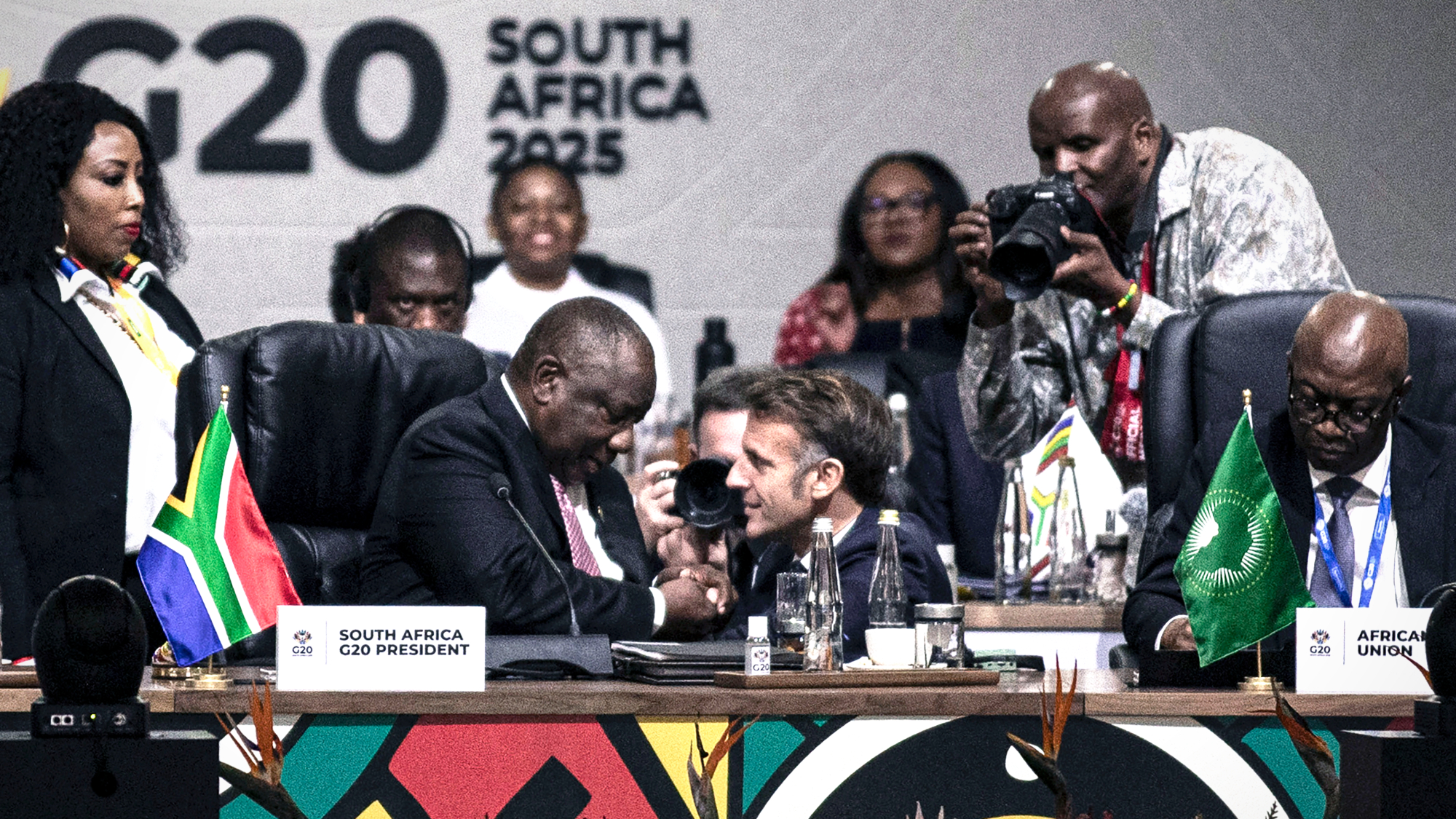 South Africa wraps up G20 summit boycotted by US
South Africa wraps up G20 summit boycotted by USSpeed Read Trump has been sparring with South Africa in recent months